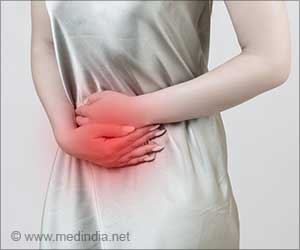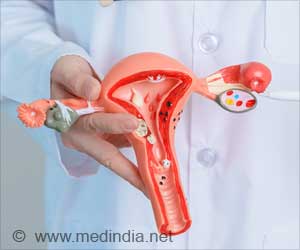
‘The digital epidemiology approach presented can help to lead to a better understanding of menstrual health and its connection to women's health overall, which has historically been severely under-studied.’
Tweet it Now
On the other hand, many women today are turning to so-called "fertility awareness method" (FAM) apps to support them in tracking their menstrual cycles. There is a multitude of such apps available, which only demonstrates how popular they've become in recent years. But how accurate are FAM apps? What do users track? Can they help them and their gynecologists? These are hard to answer for a simple reason: Neither visits nor app use have been systematically studied on a population level to determine and compare their accuracy in evaluating menstrual health and fertility in a meaningful way.
This is what Laura Symul at EPFL's Digital Epidemiology Lab has done. Working with Stanford University (which she has now joined), Symul led a large-scale study on 200,000 users of two FAM apps, Sympto and Kindara. Both apps support the "Sympto-Thermal Method" and facilitate the identification of the fertile and infertile times of a woman's menstrual cycle by taking into account recordings of cervical fluid, body temperature at wake-up, and other biological signs.
The scientists tracked more than 30 million days of observations from over 2.7 million menstrual cycles. The overall study had two aims: First, to see how and what users voluntarily track on FAM apps. Second, to find out if these records allow an accurate detection and estimation of ovulation timing.
App users log their observations more frequently when they also log sexual intercourse, and when you look at them on a population level, reported fertility awareness body signs exhibit temporal patterns that follow very closely those that have been found in small-scale clinical studies.
Advertisement
The findings offer an affordable means for studying the interactions between the menstrual cycle and other physiological systems on a large scale. "Our study provides a common ground for users and their doctors to incorporate digital records in their visits, evaluate their own menstrual patterns and compare them with the statistics we report," says Laura Symul.
Advertisement
Source-Eurekalert














